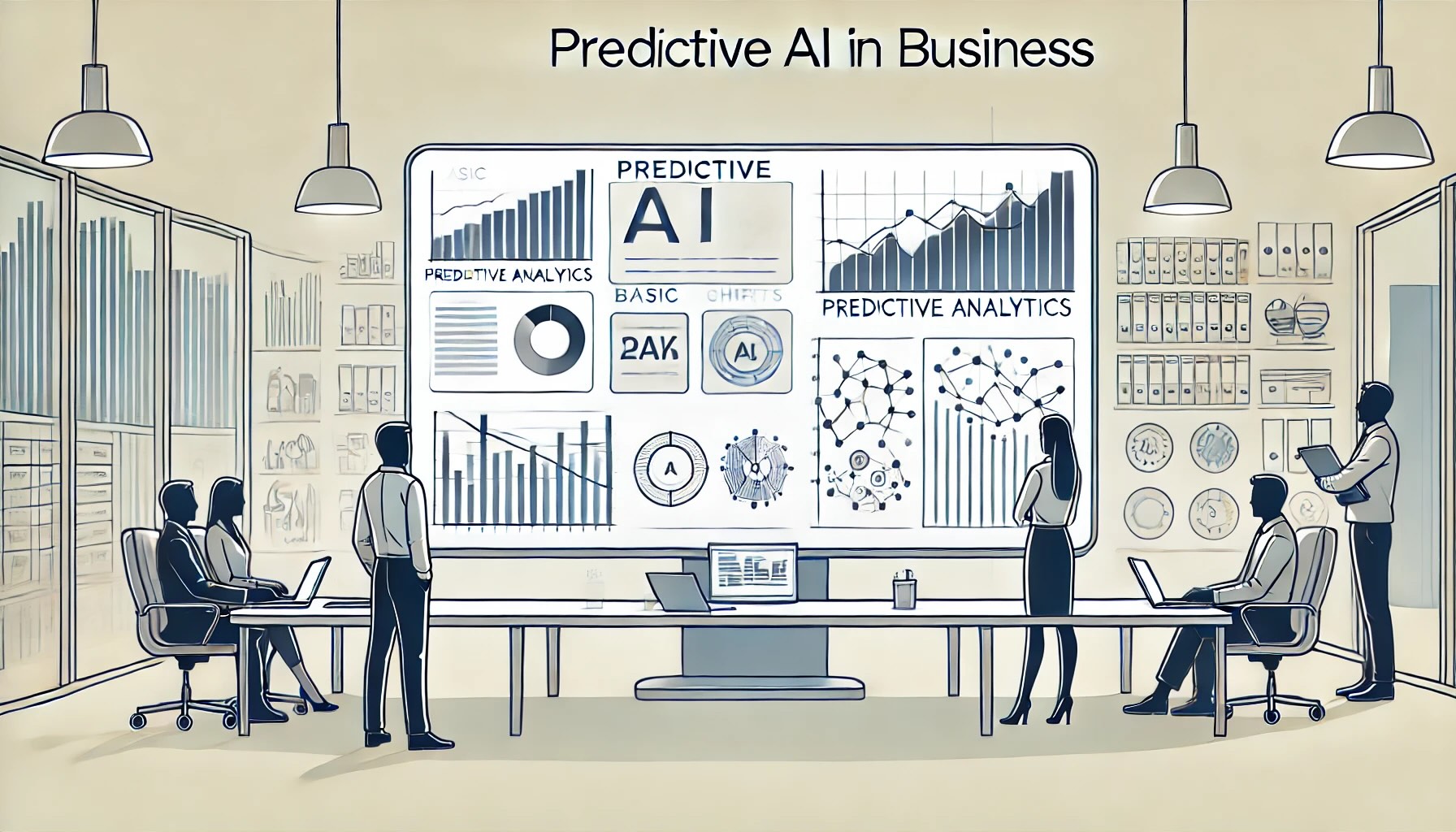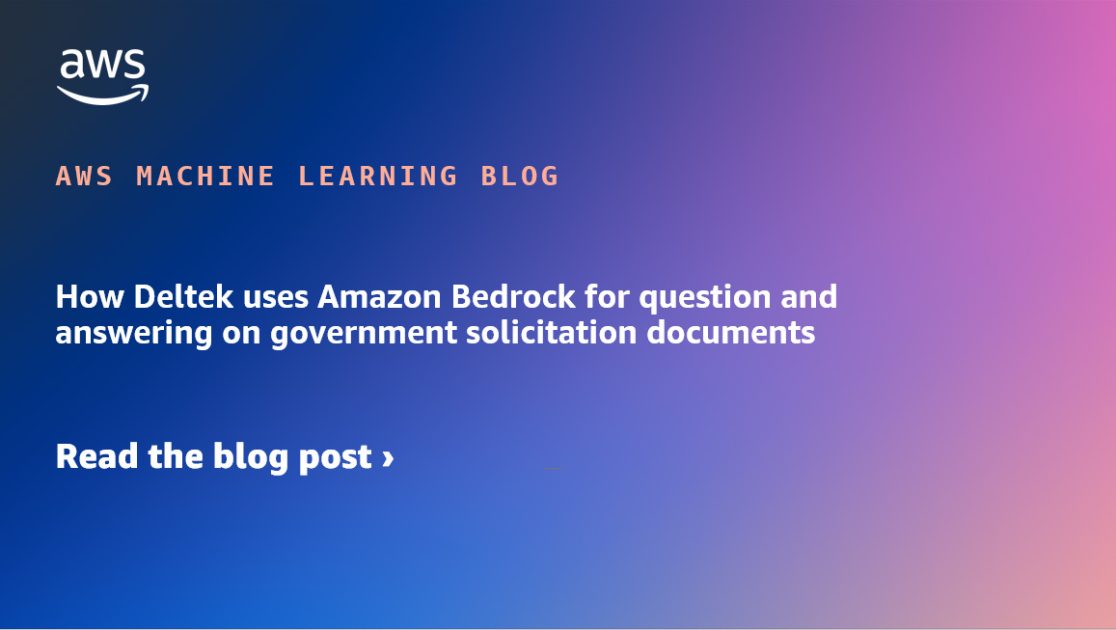Introduction
The advent of artificial intelligence (AI) has changed the way businesses operate, and predictive AI is one of the key drivers of this transformation. Predictive AI refers to the application of machine learning algorithms and statistical models to analyze historical data and predict future outcomes. Through advanced algorithms, businesses leverage predictive AI to enhance decision-making processes, improve operational efficiency, and increase profitability. Utilizing predictive AI offers businesses a way to forecast variables, ranging from market trends to inventory needs, with greater accuracy.
AI for Market Predictions
Market predictions have become increasingly essential for businesses looking to maintain a competitive edge. Predictive AI plays a vital role in analyzing large datasets, such as historical market data, consumer behavior, and macroeconomic indicators. Predictive models can assist companies in understanding where and how the market is trending by synthesizing inputs that would be difficult for human analysts to process efficiently. Whether predicting stock prices or demand for specific products, predictive AI serves as a precise tool for decision-makers. These insights prove invaluable in designing marketing campaigns, adjusting to price fluctuations, or entering new markets.
Predictive AI models can assess various scenarios, computing potential outcomes depending on diverse factors, such as political instability or new technological advancements. Developing such technology entails applying machine learning and natural language processing (NLP) algorithms that account for news trends, social media activity, and even competitors’ strategies. By applying predictive analytics to market forecasting, companies significantly enhance their capability to forecast demand and prepare for shifts in global and local markets.
Customer Behavior Forecasting AI
Understanding consumer behavior is crucial for businesses that aim to provide personalized experiences and targeted marketing. Predictive AI enables businesses to forecast customer behavior by analyzing historical purchase data, social media interactions, product reviews, and demographic information. Advanced algorithms such as neural networks, decision trees, and clustering techniques can segment customers based on their predicted buying patterns. Utilizing AI-driven insights into behavior can optimize marketing spend, reduce churn rates, and personalize customer engagement, thereby enhancing customer satisfaction.
Customer behavior forecasting empowers businesses not only to predict who is likely to buy but also to anticipate the products or services that may appeal to customers. AI-driven analytics can calculate a customer’s lifetime value by factoring in purchasing patterns and brand loyalty indicators, helping companies make decisions on marketing efforts and resources required to retain high-value clients. Today’s businesses are leveraging customer behavior forecasting AI by adopting recommendation systems, dynamic pricing models, and personalized email marketing campaigns.
Sales Predictions with AI
Sales forecasting remains a fundamental aspect in the strategic planning of enterprises. Predictive AI is transforming the way businesses approach sales predictions. By analyzing historical sales data, consumer trends, seasonality factors, and external forces like economic changes, AI tools provide accurate sales forecasts on a day-to-day, monthly, or annual basis. Implementing predictive models in sales forecasting allows companies to see how different variables affect their revenue streams.
Advanced predictive analytics techniques—such as time-series forecasting, regression analysis, and sentiment analysis—enable companies to create highly accurate sales models. Predictive AI can also identify patterns that are not evident through traditional methods. AI can analyze transactions across all organizational levels (from small trade activities to large-scale transactions) and provide immediate insights for accurate projections. Organizations benefit from this by understanding customer demand patterns, identifying geographical sales trends, and allocating resources efficiently.
AI-Driven Business Insights
Accuracy and speed in data analysis are paramount for informed business decisions. Predictive AI models utilize machine learning technologies to derive insights from complex and multi-dimensional datasets. Such AI models transform raw data into actionable intelligence, ensuring speedier decision-making cycles. Businesses employ predictive AI to gain insights about internal processes, financial viability, consumer attitudes, and even the competitive landscape. Predictive AI models present these insights through easy-to-understand dashboards, making them accessible to executives and non-technical staff alike.
These AI-driven insights cater to multiple business functions. For example, an enterprise can optimize resource allocation, improve employee productivity, and evaluate the company’s overall performance. With AI-derived insights, businesses have access to ongoing analytics with real-time data and patterns, offering a level of precision and accuracy unattainable through manual evaluation. Executives can use predictive analytics to simulate different “what-if” business scenarios, adjusting strategies accordingly and capitalizing on future opportunities.
Inventory Management via AI
Inventory management is critical for businesses dealing with physical goods. Stock levels should remain balanced—too much inventory leads to additional warehousing costs, while insufficient stock risks missing sales. Predictive AI offers a sustainable solution by predicting product demand and enabling businesses to strategically manage their inventory. AI algorithms leverage historical sales data, seasonal trends, customer preferences, and promotional data to anticipate fluctuations in product demand, resulting in more efficient inventory management.
With predictive AI, businesses can see which products are likely to surge in demand and which ones may see a steady decline. Automated replenishment systems backed by AI tools can ensure that businesses always maintain the optimal inventory levels to meet customer needs without overspending on storage. Predictive AI reduces waste, improves supply chain efficiency, and minimizes the risk of stockouts. By applying machine learning models, supply-chain managers can optimize ordering processes according to future prediction trends.
Operational Efficiency with AI
Operational efficiency remains a vital objective for businesses of all kinds. Predictive AI helps achieve such efficiency by automating routine workloads, streamlining production processes, and cutting unnecessary costs. Predictive AI can anticipate bottlenecks or inefficiencies in operations and provide data-driven solutions for optimization. For example, AI-based task scheduling can predict employee productivity trends or the number of customer interactions required by a company, ultimately ensuring more seamless operations.
Predictive technologies also allow businesses to automate maintenance schedules and predict equipment failures before they affect production lines, thereby improving uptime and operational flow. Streamlining workflows based on historical performance data and future trends improves customer satisfaction and reduces human error. By leveraging AI systems, operational managers can also simulate various process scenarios to uncover improvements and achieve better service levels.
Also Read: Personalized AI-driven customer experiences
AI for Revenue Forecasting
One of the most valuable roles of predictive AI lies in its ability to accurately forecast revenue. By analyzing historical financial data, market trends, sales figures, and inflation indexes, AI models can provide clear revenue projections for businesses in any industry. This offers executives and financial planners a major advantage in building realistic budgets, avoiding cash flow issues, and planning for future expansion. AI-driven forecasting systems provide predictive revenue insights not just annually, but on a quarterly and even monthly basis.
Predictive AI engines often use regression techniques, machine learning classifies revenue drivers and factors them into sophisticated models that can predict revenue outcomes under different scenarios. For example, if holiday seasons affect sales patterns, the predictive model adjusts based on previous holiday sales data and consumer expense predictions. This kind of real-time financial forecasting enables businesses to adjust marketing budgets, predict resource needs, and evaluate profitability targets precisely.
Predictive Maintenance AI Solutions
In asset-heavy sectors such as manufacturing, transportation, and healthcare, predictive maintenance plays a crucial role in operational efficiency. Predictive AI models analyze historical maintenance data, equipment usage patterns, and real-time sensor data to predict equipment failures before they occur. This reduces the need for unscheduled downtime and saves businesses significant costs associated with repairing or replacing expensive machinery.
By leveraging predictive algorithms, enterprises can prevent equipment failures by addressing emerging issues in systems before they become major problems. Predictive maintenance solutions help optimize regular maintenance tasks, extending the lifespan of assets and reducing operational delays. Advanced AI models can generate maintenance schedules dynamically, ensuring smooth functioning of production lines and minimizing risks related to costly downtime.
Also Read: Real World Applications of AI: Transforming Business in 2025
AI-Based Demand Forecasting
Traditional demand forecasting models rely heavily on past sales performance and subjective inputs, which can often lead to biased or inaccurate predictions. Predictive AI improves upon this by offering unbiased predictions based on massive datasets, which include factors like customer preferences, marketing activities, and broader industry trends. AI models account for seasonality, promotions, and competitor data, leading to finer-tuned demand forecasts. Such predictive algorithms are regularly implemented by businesses in retail, manufacturing, and e-commerce sectors for accurate demand predictions.
Machine learning solutions can automatically forecast demand for individual product categories or regions. Based on these insights, companies can adjust supply, production, and distribution strategies accordingly. AI-based demand forecasting ensures that companies always anticipate changes in demand, leading to greater competitiveness and lower risks of over-production or under-stock.
Business Risk Analysis Using AI
Risk management plays an integral role for businesses, especially those that operate within highly volatile sectors. Predictive AI enhances the risk analysis framework by identifying, evaluating, and predicting business risks in real time. Predictive analytics tools are built to detect anomalies and offer warnings, permitting businesses to respond rapidly to potential crisis situations. From cybersecurity risks to financial risks, predictive AI models can adapt to different challenges and provide pathways for mitigating issues before they materialize.
In sectors like finance, predictive AI can anticipate and notify businesses of stock market volatility, helping managers understand potential losses and manage investment portfolios more effectively. AI can predict regulatory changes and political risks, enriching its application across industries seeking proactive risk analysis. Accurate predictions derived from AI tools ultimately protect businesses from unforeseen market disruptions and reduce human bias in risk evaluations.
Also Read: How is AI Improving Weather Forecasting?
Conclusion
Predictive AI has proven to be an indispensable tool for businesses of all sizes and across varying industries. The ability to predict future trends, customer preferences, and operational issues equips business leaders with the knowledge necessary for making informed decisions. By adopting predictive AI into core business functions such as market predictions, customer behavior analysis, sales forecasting, and inventory management, companies can remain ahead of competition. Each predictive AI application significantly enhances productivity, efficiency, and profitability, ensuring a competitive advantage in today’s ever-evolving marketplace. Businesses that invest in implementing predictive AI technologies will likely outpace competitors and achieve sustainable growth.
References
Agrawal, Ajay, Joshua Gans, and Avi Goldfarb. Prediction Machines: The Simple Economics of Artificial Intelligence. Harvard Business Review Press, 2018.
Yao, Mariya, Adelyn Zhou, and Marlene Jia. Applied Artificial Intelligence: A Handbook for Business Leaders. Topbots, 2018.
Siegel, Eric. The AI Playbook: Mastering the Rare Art of Machine Learning Deployment. MIT Press, 2023.
Agrawal, Ajay, Joshua Gans, and Avi Goldfarb. Power and Prediction: The Disruptive Economics of Artificial Intelligence. Harvard Business Review Press, 2022.
Siegel, Eric. Predictive Analytics: The Power to Predict Who Will Click, Buy, Lie, or Die. Wiley, 2016.



